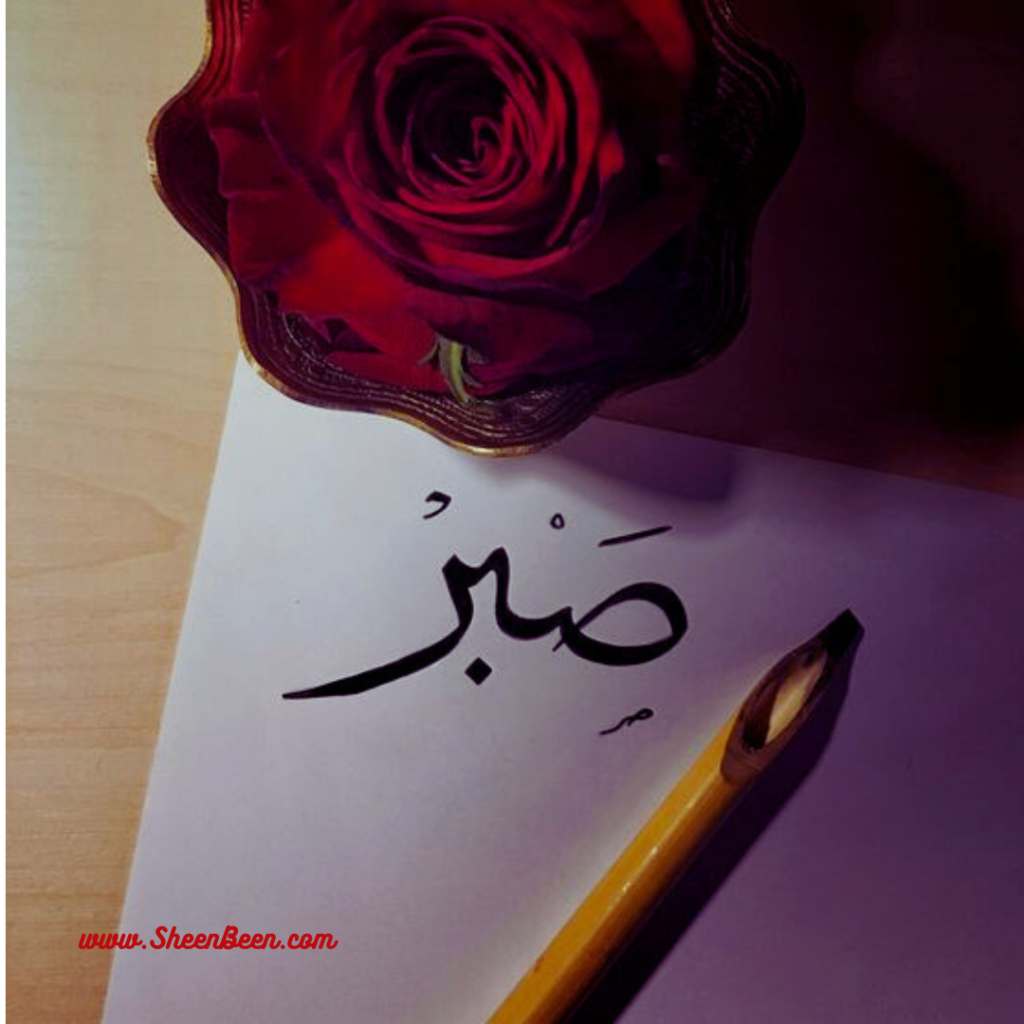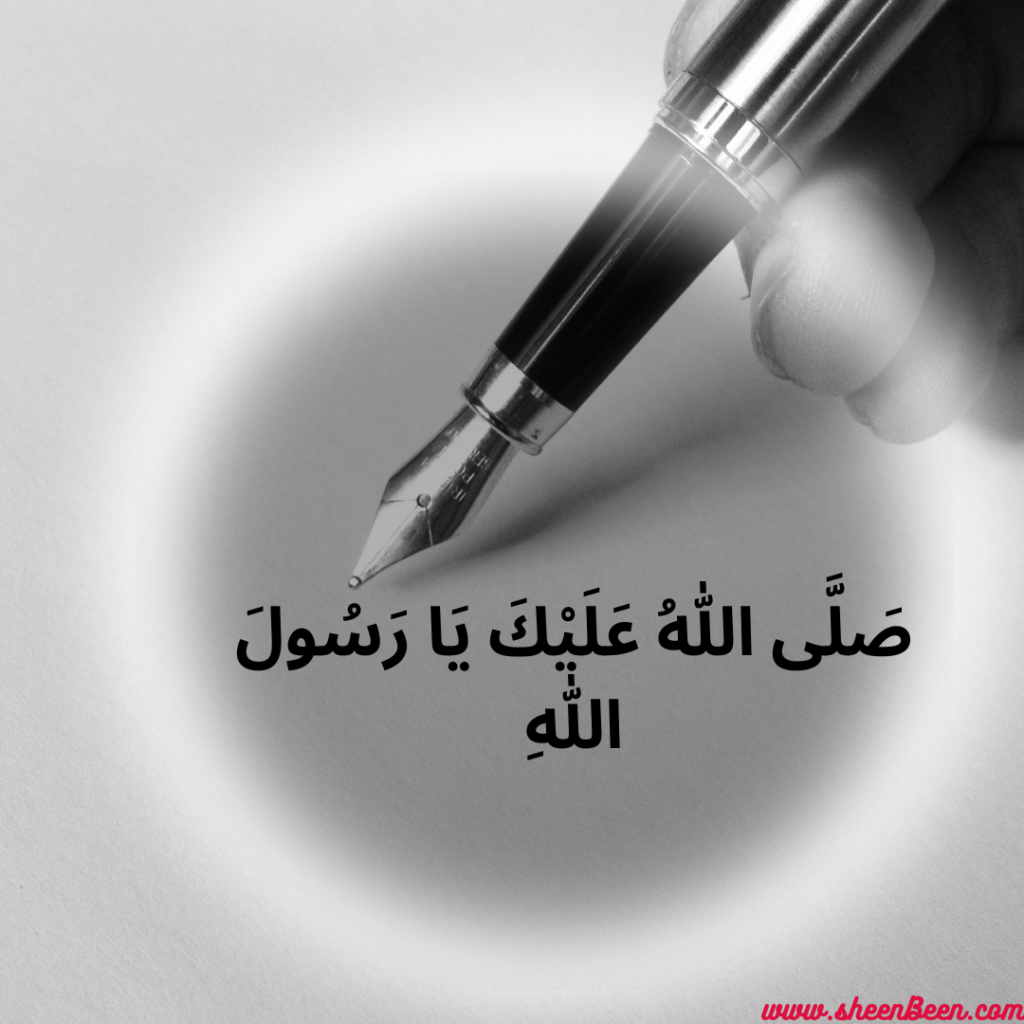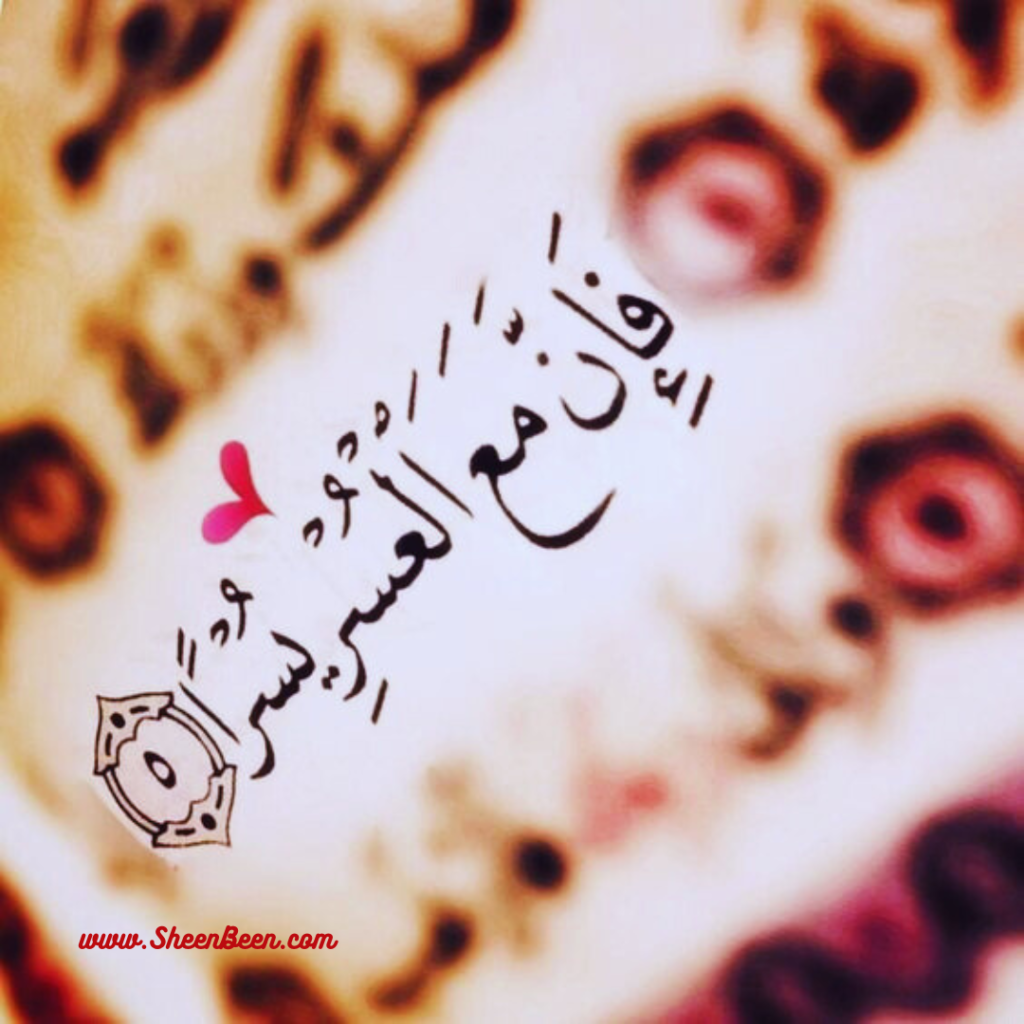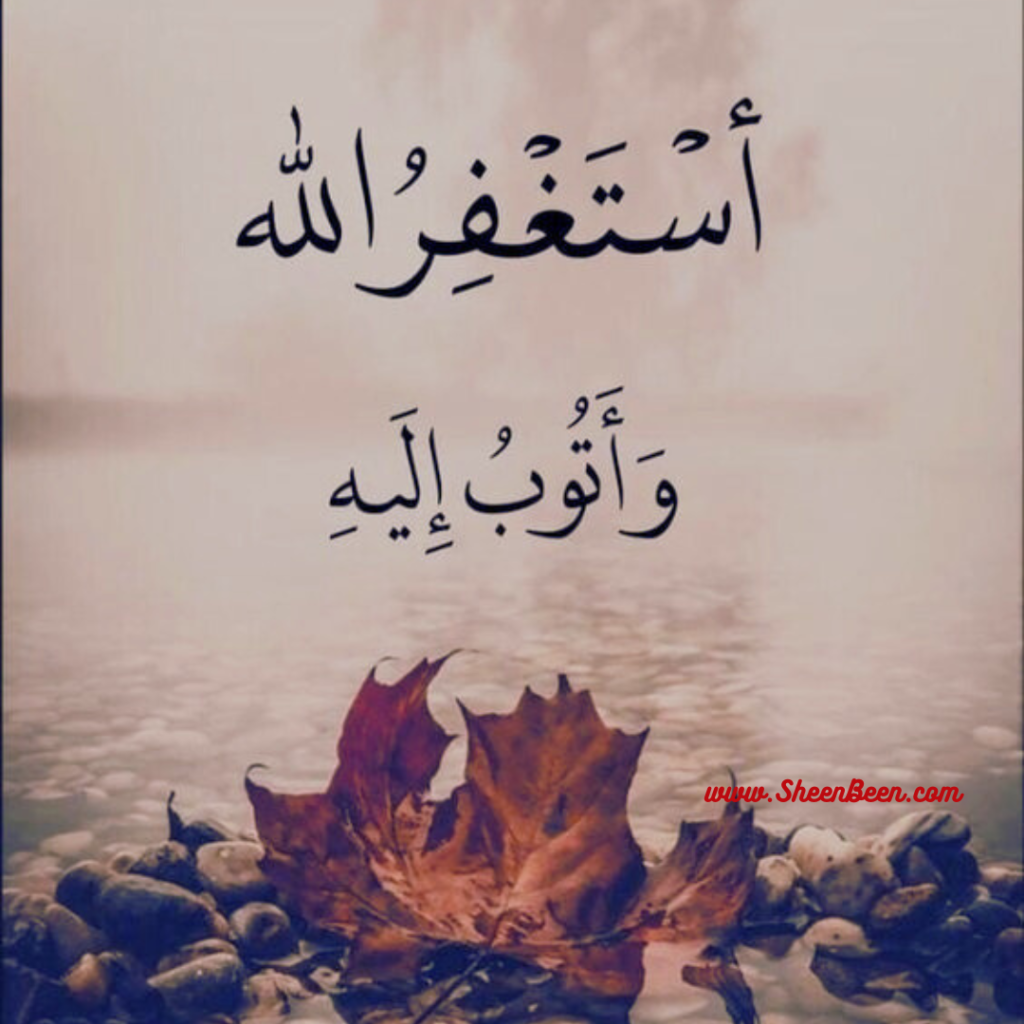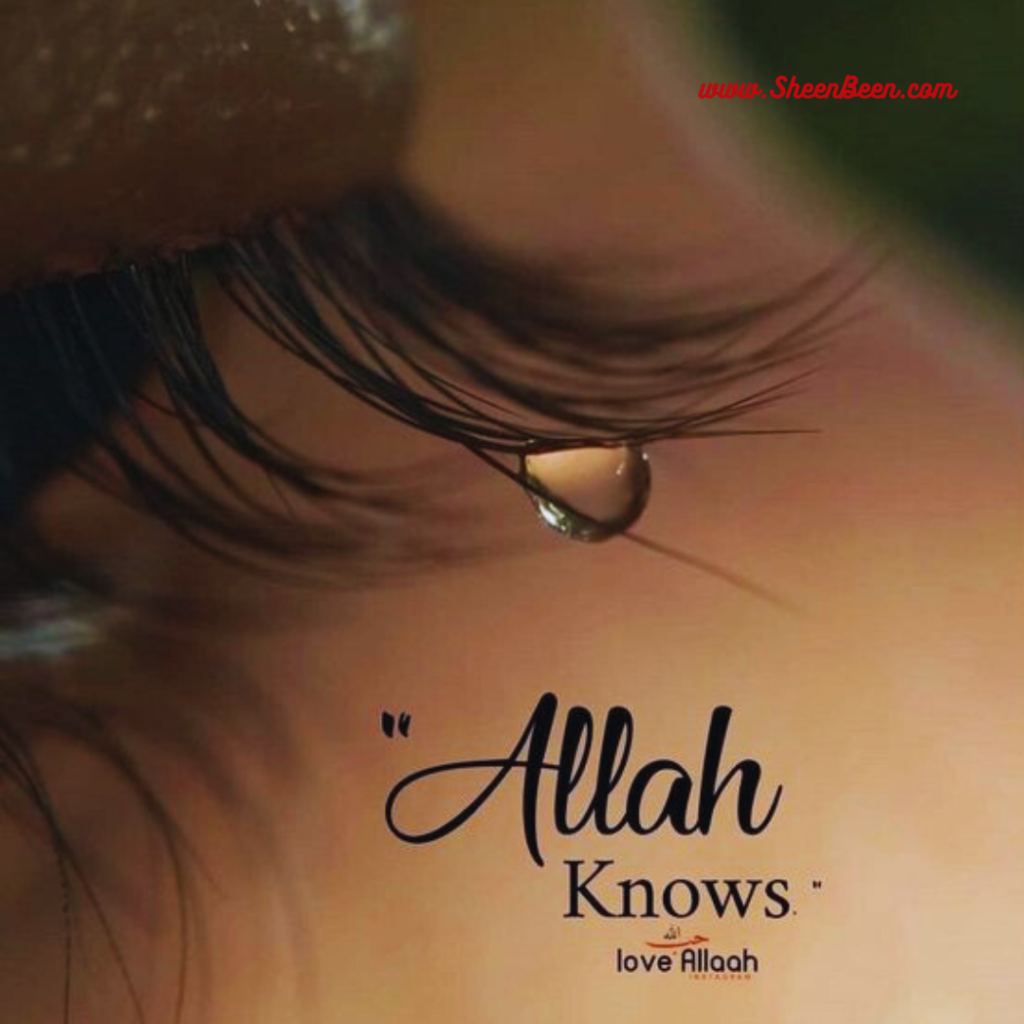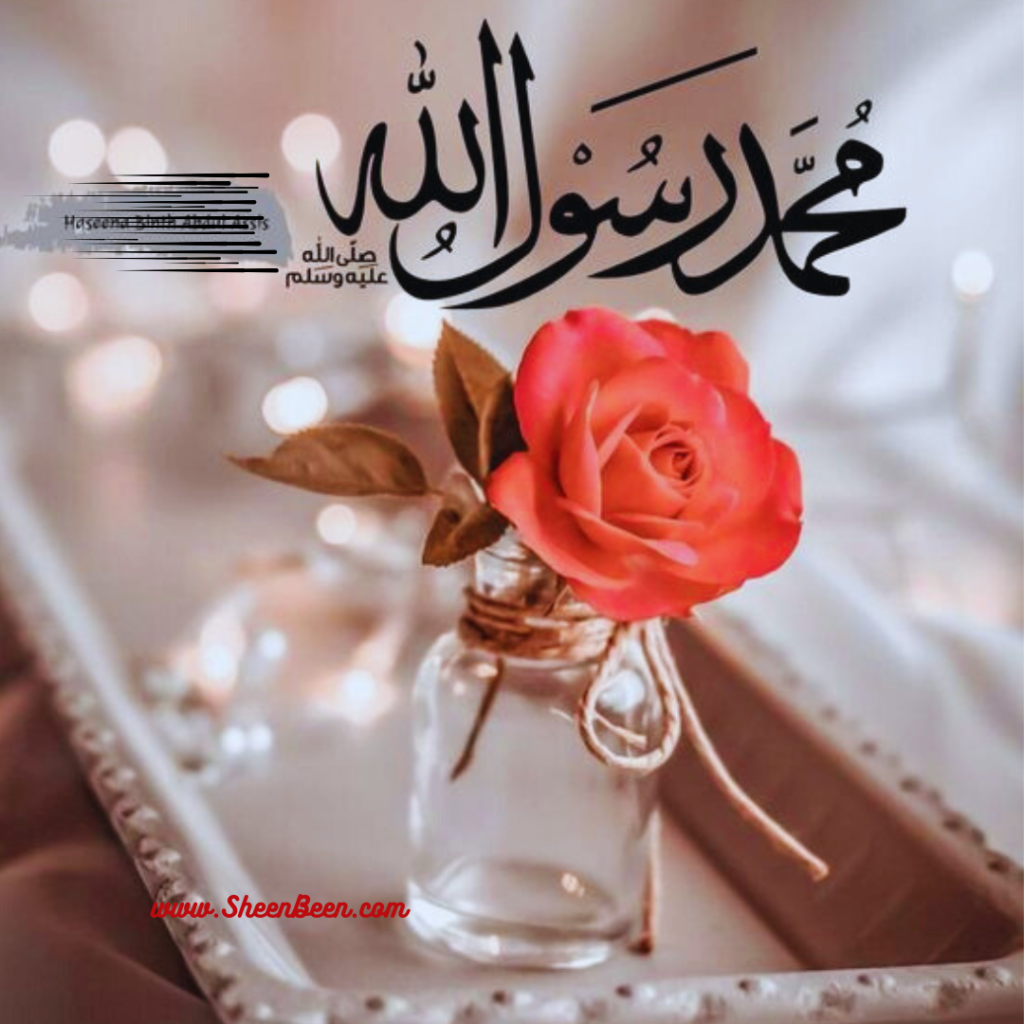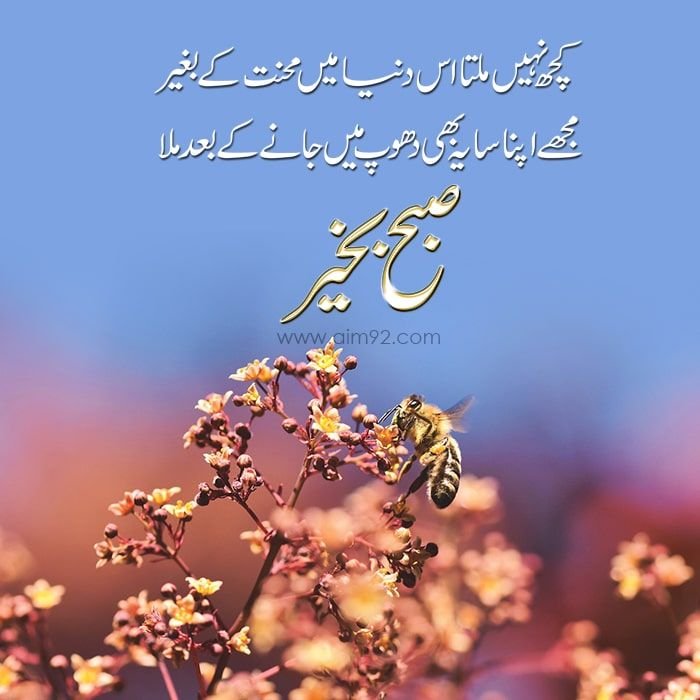Islamic Pictures
Islamic pictures refers to visual representations, artworks or images inspired by or associated with Islam and its beliefs, culture, history and teachings. We are sharing Islamic images after doing research work. We did our best to provide beautiful images and accurate information.If you find any error please let us know,so that we can correct it. These images can take various forms and include calligraphy, geometric patterns, architectural designs, landscapes, and non-figurative representations. It is often used in Islamic art, architecture, manuscripts and decorative arts to convey religious and cultural messages. Urdu Quotes Hub.
Table of Contents
Distinctive Features Of Islamic Pictures
Calligraphy : Islamic calligraphy, commonly referred to as ‘calligraphy’, is a highly valued art that includes decorative and aesthetic writing of Quranic verses, hadiths and other religious texts. Arabic calligraphy is the primary medium of Islamic calligraphy, and skilled calligraphers use various styles such as kufi, naskh, thulut and diwani to create intricate and beautiful compositions.
Geometric Patterns : Geometric patterns and patterns are common in Islamic art and architecture. These patterns, often based on mathematical principles, symbolize unity, eternity, and the perfection of God’s creation. They decorate mosques, palaces, pottery, textiles and carpets, reflecting Islam’s emphasis on harmony, balance and harmony.
Arabic Inscriptions : Inscriptions written in Arabic script, including verses from the Holy Quran, names of God, and religious phrases, are commonly found in Islamic images. These inscriptions serve as reminders of Islamic beliefs, values, and devotion to God.
Floral And Vegetal Motifs : Islamic art often includes flowers and flol motifs such as arabesques, vines, leaves and flowers. These motifs symbolize growth, renewal and the beauty of nature, and are often used to decorate manuscripts, textiles and architectural elements.’
Architectural Elements : Islamic architecture is known for its elaborate designs, including domes, minarets, and decorative features. Stalactite domed elements such as the mokrana add a different touch to the structure and display intricate workmanship. Another landmark is the horseshoe-shaped arch, which adds beauty and historical importance to Islamic buildings. The use of patterned tiles increases visual appeal, with geometric patterns and floral motifs often decorating walls and ceilings.These architectural elements not only serve functional purposes, but also symbolize the spiritual and cultural aspects of Islamic art. The play of light and shadow on these architectural wonders creates a fascinating effect that fascinates the viewer and reflects the beauty of Islamic aesthetics.
Figurative Art : Islamic art generally avoids realistic depictions of living things but incorporates figurative art in a secular context. Manuscripts, miniatures and textiles, although stylized and figuratively rendered, include scenes from everyday life, historical events and portraits. This approach allows for artistic expression while respecting religious sensibilities regarding idolatry. The use of symbolism and abstraction in figurative art reflects the spiritual and cultural values of Islam. These artistic images, although not realistic, reinforce the tradition of visual storytelling in Islamic art by conveying narrative, emotion, and cultural nuances.
Guidelines To Choose Islamic Images
Choosing Islamic images for personal, academic or professional purposes requires a careful approach to ensure that images are respectful, culturally appropriate and consistent with Islamic principles. Here are some rules to help you choose Islamic images effectively:
Understand The Purpose
- Religious Use :Make sure images are appropriate for religious contexts, such as mosque decoration or educational materials. Avoid anything that could be considered offensive or offensive. Choose abstract, non-figurative art that emphasizes line, geometric patterns, and floral designs. Respect religious sensitivities by avoiding realistic depictions of living beings. Choose images from reputable sources to ensure their authenticity and accuracy. Consider cultural and regional differences to show diversity in Islamic art.
- Cultural Representation : Culture and history shape narratives, narratives and heritage choices. Choose works that accurately reflect cultural traditions and historical context. Ensure authenticity and respect for the cultures depicted. Learn about regional differences and diversity in cultural expression. Choose reliable sources to ensure accuracy. Provide relevant information to improve understanding. Engage experts and communities to make informed choices.
- Aesthetic Use : When choosing images for artistic or decorative purposes, ensure that they adhere to Islamic aesthetic values and principles. Emphasis is on abstract art, calligraphy, geometric patterns and floral designs that are widely accepted in Islamic art. To respect religious sensitivities, avoid realistic depictions of living creatures. Choose images that reflect harmony, balance and harmony, and reflect the basic principles of Islamic aesthetics. Pay attention to some of the color schemes and textures in Islamic art, such as vibrant colors and complex patterns.Make sure the images are of high quality and from reliable and original sources. Respect copyright laws and obtain necessary permissions. Consider the cultural and regional diversity in Islamic art. Provide relevant information to inform the viewer of the importance and origin of the images. Consult with cultural experts or counselors if needed to ensure appropriateness and respect..

Respect Religious Sensitivities
- Avoid Figurative Depictions in Religious Contexts : Traditional Islamic art avoids realistic depictions of living beings to prevent idolatry, especially in religious circles.
- Use Abstract and Non – Figurative Art : The emphasis on lines, geometric patterns, and floral patterns in Islamic art is widely accepted and appreciated.
Choose Quality and Authenticity
- High – Regulation Images : Make sure the images are of high quality, especially if they will be printed or displayed in large formats.
- Authentic Sources : To ensure accuracy and cultural integrity, choose images from reliable and original sources such as museums, Islamic art collections, or scholarly publications.
Cultural and Religious Variations
- Acknowledge Diversity : We realize that Islamic art varies greatly across regions and cultures. Choose images that reflect the specific cultural context they represent.
- Regional Styles : Discover unique styles of Islamic art from different regions such as Iran, Ottoman, Mughal and Andalusia, each with their own unique characteristics.
Consider Legal and Ethical Aspects
- Copy Right and Permissions : Make sure you have the right to use the images by respecting copyright laws and obtaining the necessary permissions if necessary.
- Respect Privacy : Avoid using images of individuals without their consent, especially in religious or cultural contexts.
Align With Aesthetic Principles
- Symmetry and Balance : Islamic art emphasizes harmony, balance and harmony. Choose images that embody these principles for authentic representation.
- Color and Composition : Pay attention to color schemes and compositions typical of Islamic art, such as intricate patterns and the use of vibrant colors.
Educational and Contextual Information
- Provide Context : When exhibiting Islamic images, provide relevant information to inform the viewer about the significance, origin and cultural background of the images.
- Make sure images are displayed in a way that prevents misinterpretation or misuse.
Use Appropriate Formats
- Digital and Print : Choose the format that best suits your needs, whether digital for online use or high-quality prints for physical display.
- Adaptability : Ensure that images can be adapted to different environments without losing their integrity and meaning.
Consult Expert
- Seek Guidance : If you are unsure, consult Islamic art experts, educators, or cultural advisors to make sure your choice is appropriate and respectful.
- Engage Communities : Involve local Muslim communities or organizations when selecting images for public display or community projects.
Reflecting Values and Principles
- Spiritual Significance : Choose images that reflect the spiritual and religious values of Islam, such as the oneness of God, the beauty of creation, and the importance of knowledge and learning.
- Inspirational and Uplifting : Choose images that encourage, inspire and promote a positive and respectful understanding of Islamic culture and heritage.
By following these guidelines, you can ensure that your selection of Islamic images is thoughtful, respectful, culturally sensitive, and respectful of the rich and diverse heritage of Islamic art and culture.



